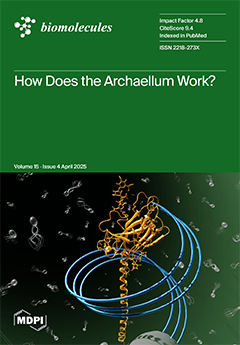Background: The incidence of malignant melanoma (MM) continues to increase annually, and tumour invasiveness is a main prognostic factor. Single-nucleotide polymorphisms (SNPs) have become key tools in the study of cancer genetics, influencing susceptibility and prognosis.
Methods: In the present study, we analysed the relationship between five SNPs on the
PDCDL1 gene (rs822336, rs822337, rs822338, rs229736, rs4143815) with prognosis as well as primary tumour invasiveness characteristics in 377 whole blood samples from MM individuals.
Results: Patients who presented the rs822336 CG or GG genotypes (OR = 3.01, 95% CI = 1.53–5.92;
p = 0.0017), TA or TT in rs822337 (OR = 2.45, 95% CI = 1.22–4.93;
p = 0.0098), and CT or CC of rs822338 (OR = 2.23, 95% CI = 1.05–4.73;
p = 0.028) were at an increased risk of developing invasive melanomas. Cases with the AG or GG genotype in rs2297136 presented a lower risk (OR = 0.29, 95% CI = 0.11–0.75;
p = 0.0038) of invasive MM. The genetic analysis at the haplotype level resulted in similar findings (OR: 2.95, 95% CI: 1.08–8.10),
p = 0.036). Furthermore, patients carrying the homozygous AA genotype in rs2297136 had thicker tumours than those harbouring the AG or GG (1.4 mm vs. 1.0 and 0.8 mm;
p = 0.030). No significant association was found between the studied SNPs and melanoma-specific survival (MSS) nor progression-free survival (PFS).
Conclusions: Current results suggest that SNPs rs822336, rs822337, rs822338, and rs2297136 genotypes in the
PDCDL1 gene are associated with the risk of tumour invasiveness and tumour thickness in MM. Further studies on SNPs considering genetic and epigenetic factors are needed for a better understanding of malignant melanoma susceptibility and its prognosis.
Full article






